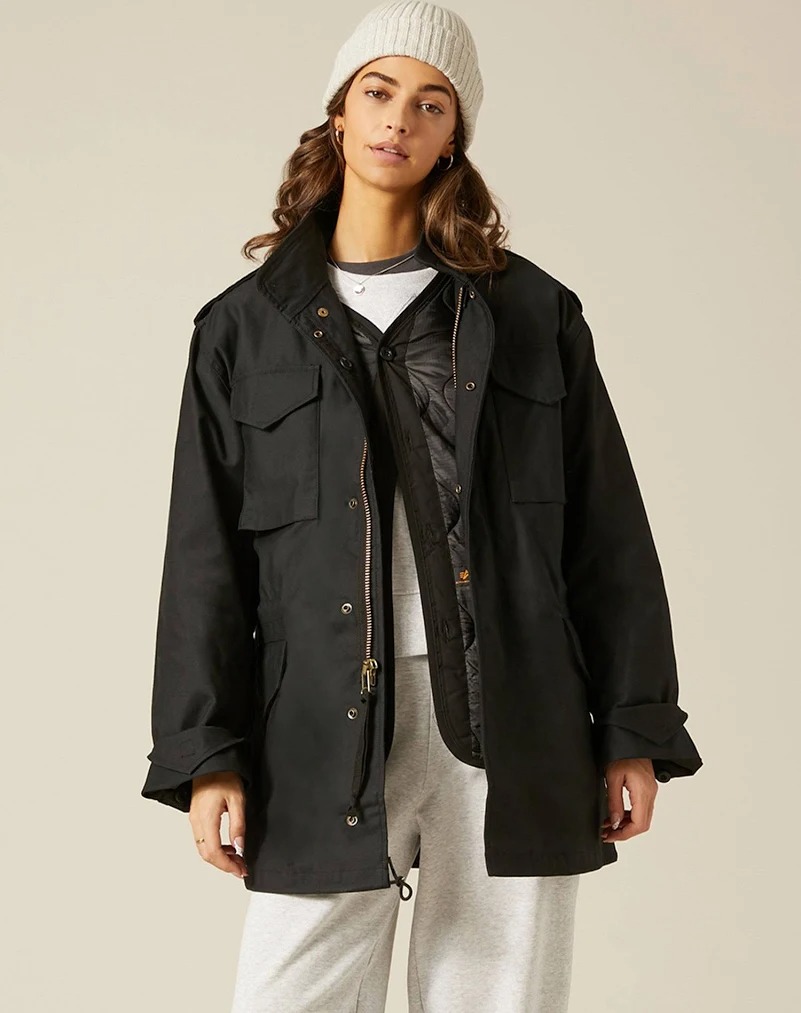Tactical outerwear isn’t just about protection—it’s about performance under pressure. If your current jacket lineup doesn’t include hooded options, your team could be sacrificing both comfort and adaptability in the field.
Tactical jackets with hoods increase team comfort and field readiness by offering added weather protection, improved thermal regulation, and mission flexibility. They shield the head and neck from wind, rain, and cold, while detachable or stowable designs ensure gear compatibility and unrestricted movement.
Let’s explore how hooded tactical jackets affect real-world operations—and why they’re becoming a standard.
Why Are Hoods a Critical Feature in Tactical Outerwear?
The head and neck are high-heat-loss zones. A hood adds insulation and protection without needing an extra layer.
In harsh weather, having a built-in hood helps officers maintain visibility, stay dry, and avoid the discomfort of water pooling around collars or necklines.
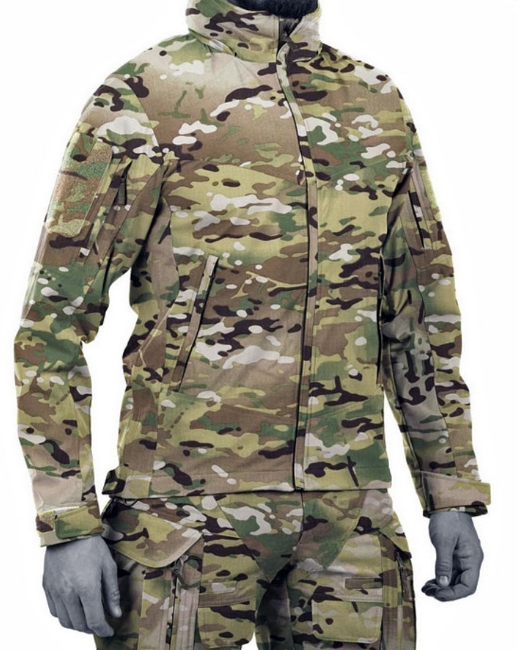
How Do Hooded Jackets Improve Field Comfort in Unpredictable Weather?
Weather shifts fast—especially in urban, coastal, or mountainous patrol zones. A hood:
- Shields against wind gusts
- Provides coverage in sudden downpours
- Reduces exposure to snow or sleet
Without one, officers may retreat early, seek shelter, or operate in discomfort, which can impact effectiveness.
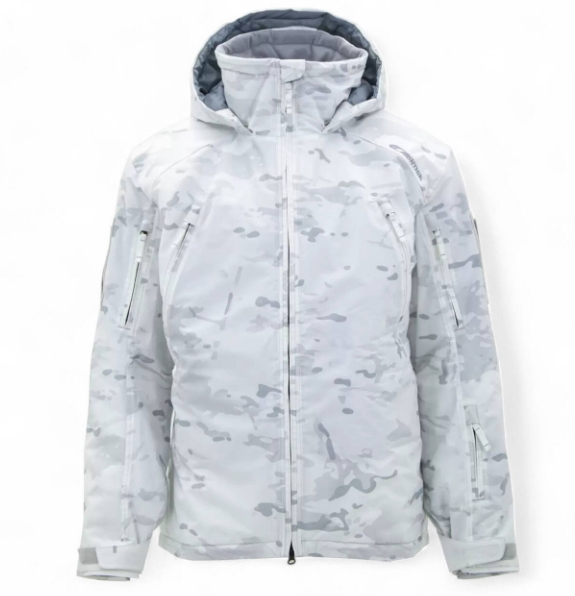
Are Hooded Softshells More Practical for Patrol and Response Units?
Yes. Tactical softshell jackets with hoods offer breathability and flexibility with all-weather versatility.
Unlike heavy rain gear, softshells allow movement and are ideal for vehicle patrols or foot pursuits where sudden weather shifts are common.
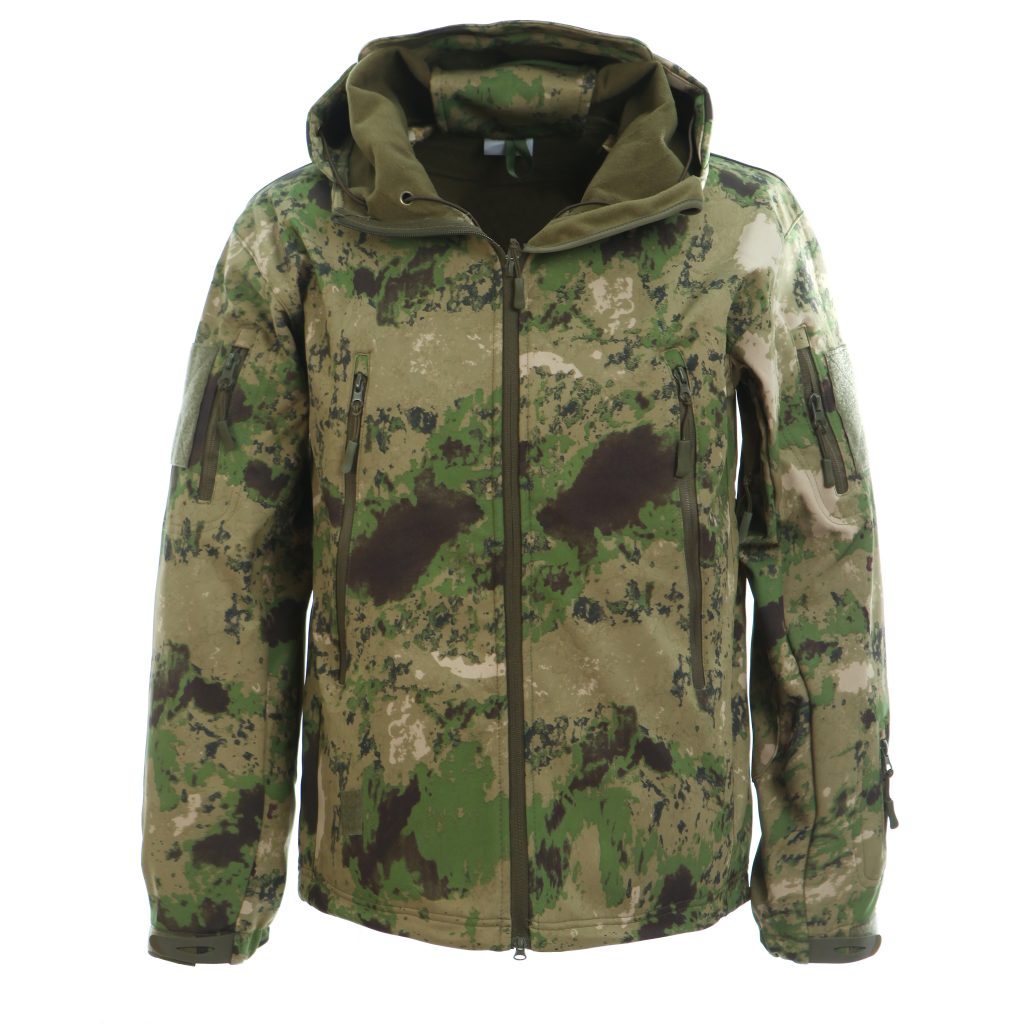
What Makes a Good Tactical Hood Design?
Look for hoods with:
- Drawcord adjustments
- Stowable or removable options
- Brim or visor edges for visibility
- Helmet compatibility
The best tactical hoods stay in place during movement, don’t block peripheral vision, and offer coverage without overheating.
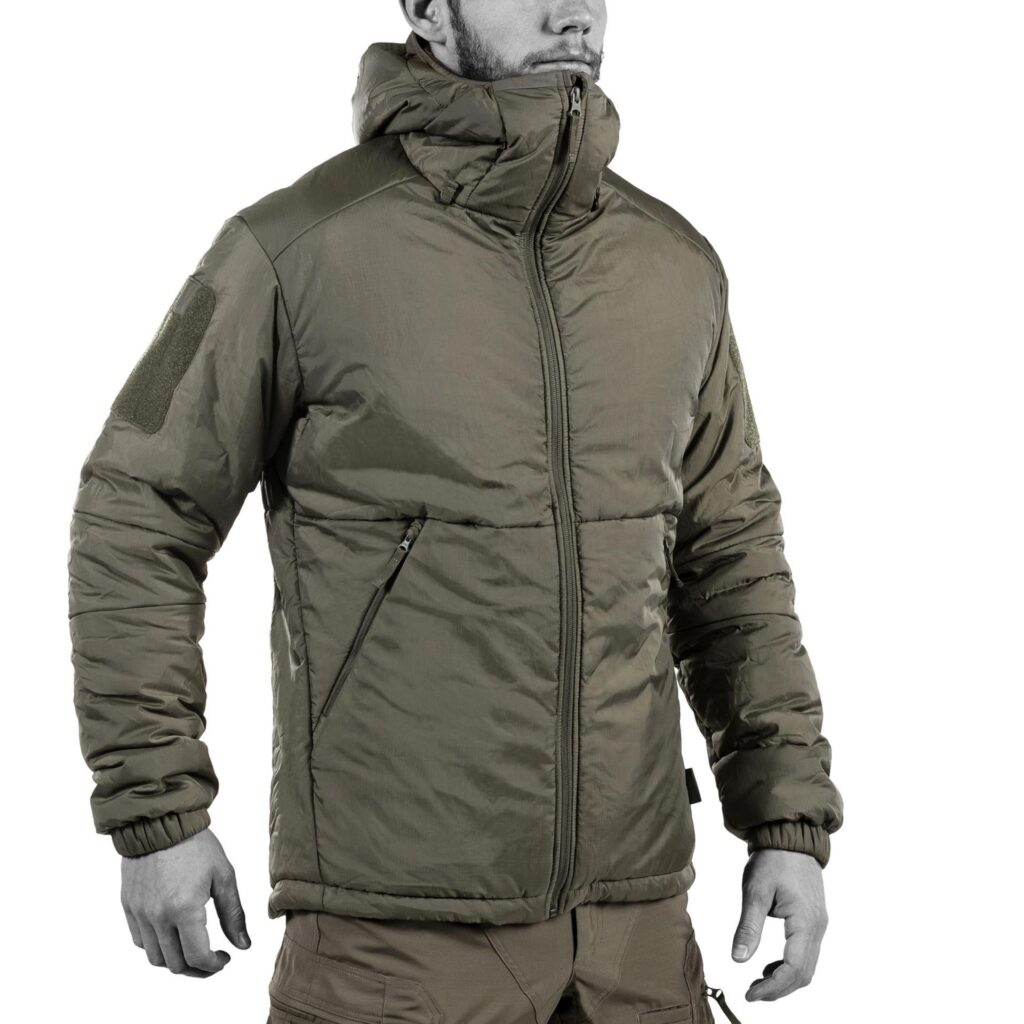
Can Hoods Be Used with Helmets and Communication Gear?
Yes—modern tactical hoods are designed with compatibility in mind. Many include:
- Low-profile seams
- Zippered gussets
- Velcro adjustments for radio headsets or helmet fits
For SWAT, military, or riot gear usage, hoods can be deployed or tucked depending on the scenario.

How Do Hooded Jackets Perform in Cold and Wet Environments?
In cold climates, hoods help trap body heat, especially in static duty positions.
In wet conditions, they keep water off the collar and reduce the risk of water entering under layers.
A DWR-treated hood on a soft shell cold weather jacket army-style offers top-tier protection in the field.

What Feedback Do Teams Give on Hooded vs. Non-Hooded Jackets?
Departments that switch to hooded options report:
- Fewer complaints about cold necks and wet gear
- Less need for additional headwear
- Improved morale during bad weather shifts
Many teams prefer hoods that can be hidden, giving them a streamlined look when not in use.

Should You Standardize Hooded Jackets in Your Next Procurement Cycle?
Yes—especially for teams operating outdoors year-round. By choosing tactical jackets with hoods, you reduce the need for extra accessories, increase uniform adaptability, and provide your personnel with gear that adjusts to their environment on the fly.

Summary
Tactical hoods are more than a detail—they’re a frontline defense against the elements. Ready to upgrade your uniform lineup? Contact us today to compare hooded softshells and all-weather tactical jackets.

